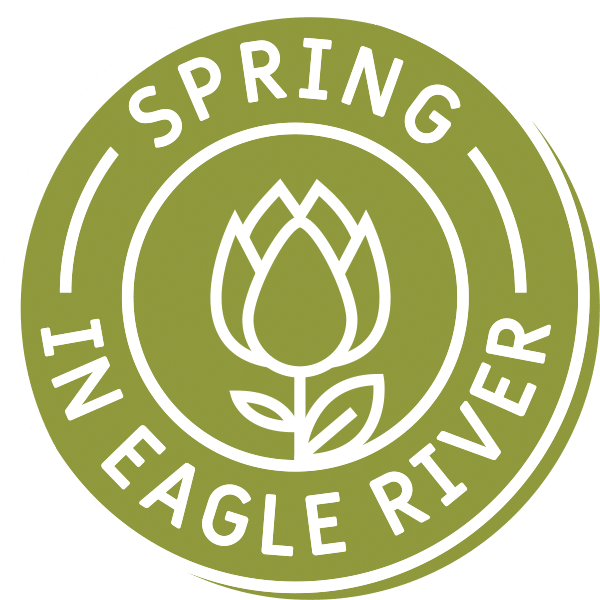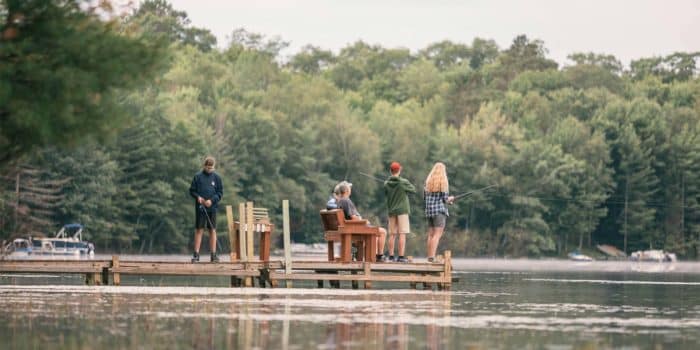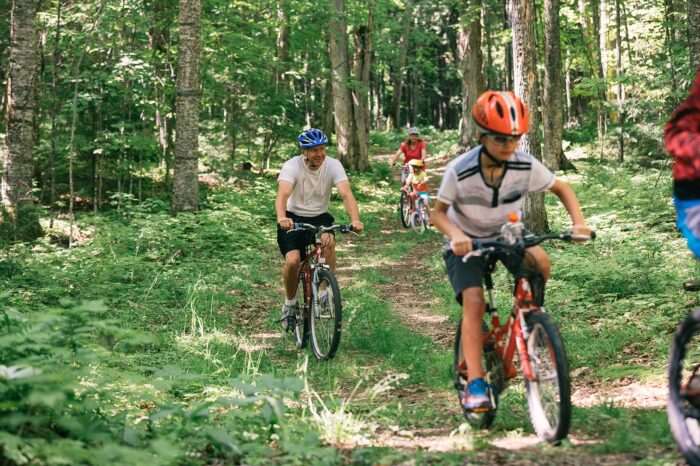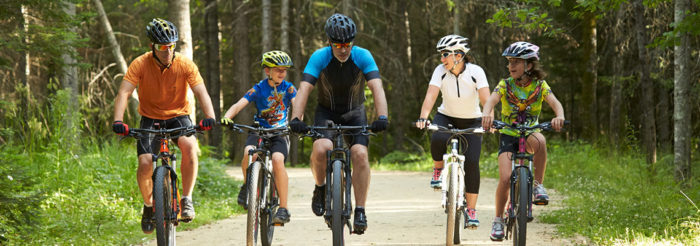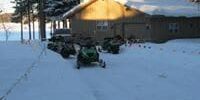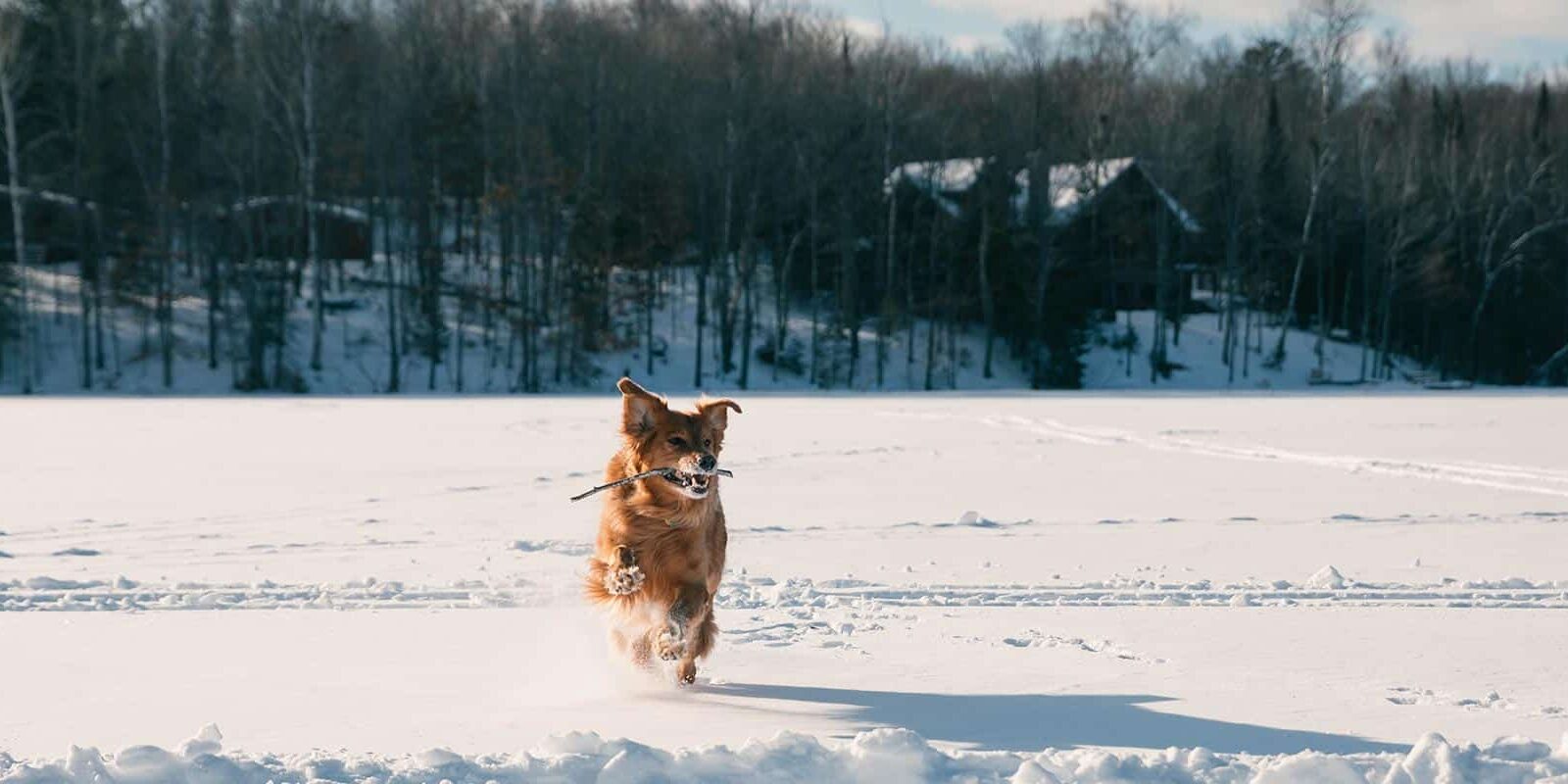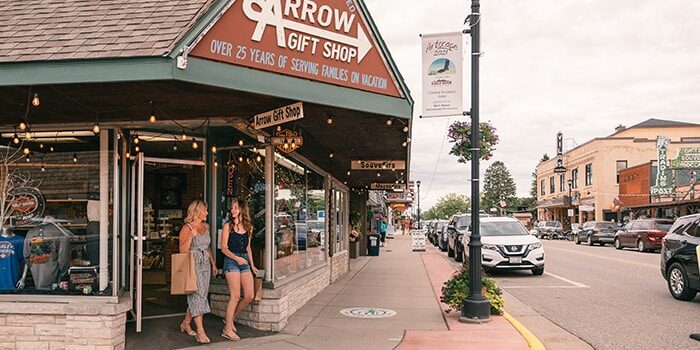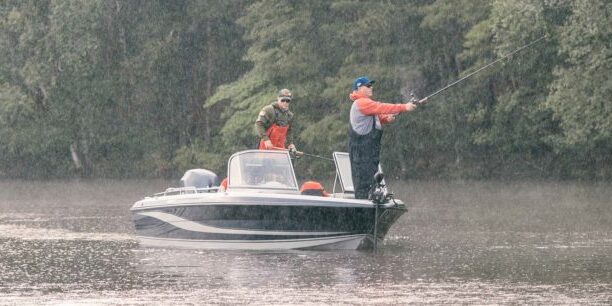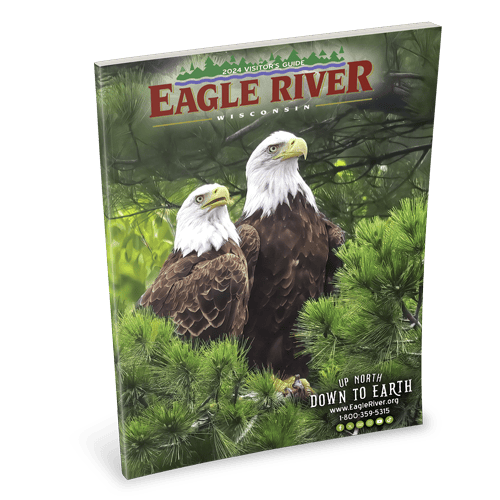By Mary Ann Lambrecht, a Vilas County Master Gardener Volunteer
We’re a pretty colorful bunch up here, and you could say the same when it comes to our blossoms. See what’s blooming this season and what you can expect to find on your spring trip to Eagle River.
In early spring, as the days lengthen, the sunlight can penetrate through the woods to warm the ground and melt the snow. This is where spring ephemerals bloom on the forest floor in the leaf litter before the trees completely leaf out. A walk in the woods in search of these wildflowers is like going on a treasure hunt.
We hope that you get the chance to venture out in search of our many wonderful wildflowers this spring. And with plenty of forests and trails, you can find one no matter which direction you set out toward.
- North of Eagle River: Pioneer Creek Trail, Torch Lake Trail
- South of Eagle River: Three Eagle Trail
- East of Eagle River: Anvil Lake Trail, Franklin Lake Trail, Spectacle Lake – Kentuck Lake Trail
- Boulder Junction: North Trout Native Trail Lake
- Manitowish Waters: Raven Nature Trail
- Star Lake: Laura State Natural Area
- See maps and other trails here.
What Ephemerals Can You Expect?
Trillium: These are among the best loved and most sought after wildflowers. There are red, white, yellow and even twisted trilliums which can be very rare indeed.
Bloodroot: This wildflower has pure white flowers with bright yellow centers and they shine like stars against the brown woods. The plant’s heart-shaped leaves are attractive long after the flower is gone.
Woodland Phlox: If a woodland walk is more your speed, you may find this flower by following its lovely fragrance. You can often find its enchanting periwinkle blue flowers colonizing to create a lavender blue carpet on the forest floor.
Dwarf Crested Iris: This native plant is found growing on wooded slopes and is as beautiful as any commercially grown iris. And this is one wildflower that is not delicate and will multiply.
Jacob’s Ladder: This wildflower has celestial blue flowers. The leaves are pinnately compound and do resemble a ladder (hence the name), which makes for easy identification.
Hepatica/Liver Leaf: Peeping through the brown leaves, this charming wildflower got its name because its leaves reminded someone of a liver. Even the botanical name, Hepatica, is Latin for liver. Don’t let that name deter you from appreciating this enchanting wildflower. After all, I think someone once said, “A rose by any other name would smell as sweet.”
Marsh Marigold: Native to the marshes, ditches and wet woodlands, this wildflower forms extensive swaths of yellow and deep green. Its flowers are showy, shiny yellow, about ½ to 1 ½ inch across and can be found in clusters.
Jack-in-the-Pulpit: This wildflower’s unusual hooded green blooms and upright spadix are known as the “Jack,” inside the hood. The blooms evolve to produce brilliantly red berries. It has three-parted leaves much like the trillium.
Dutchman’s Breeches: This distinct plant gets its name from the flowers that dangle down. The flowers resemble pantaloons hanging upside down and slightly inflated. Its lacy leaves are three-parted and finely divided.
Find all of these and many more with a hike through the area’s natural forests and wooded areas. And when you are lucky enough to find them, please resist the urge to dig. Take your camera and field guide and leave your trowels at home.





